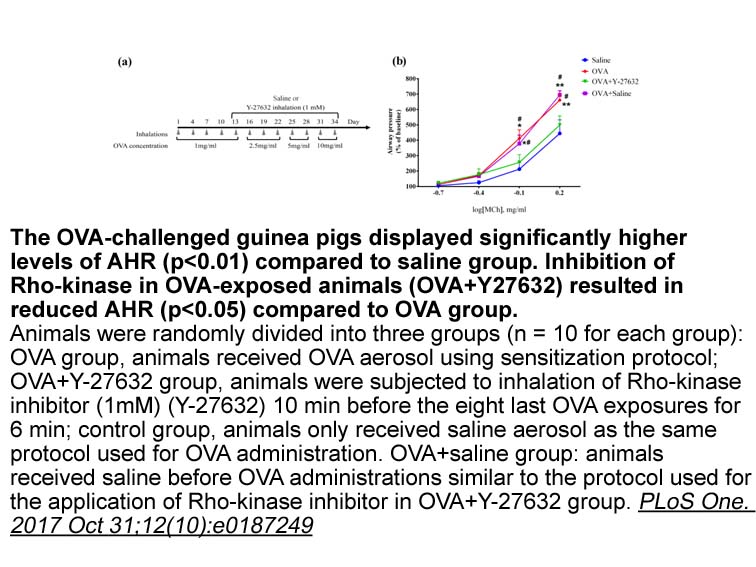Archives
br Conclusions br Conflict of interest br
Conclusions
Conflict of interest
Financial disclosure
Introduction
In prokaryotes, six distinct autotrophic CO2 fixation pathways have been identified so far. Of these pathways, 3-hydroxypropionate/4-hydroxybutyrate (3-HP/4-HB) cycle is one of the recently discovered pathways [1]. The 3-HP/4-HB cycle was first identified in Metallosphaera sedula strain [1], and M. sedula has since emerged as a significant archaea in the CO2 fixation pathway. According to sequence information, M. sedula belongs to the order Sulfolobales, which belongs to the thermoacidophilic autotrophic phylum Crenarchaeota [[2], [3], [4], [5]]. M. sedula was first isolated from the volcanic area of Pisciarelli Solfatara in Naples, Italy [6], and has optimal growth conditions of 75 °C and pH 2.0 [6,7].
M. sedula is known to utilize the 3-HP/4-HB cycle [8,9], which is roughly divided into two sub-pathways [1]. In the first sub-pathway, two bicarbonate molecules are added to an acetyl-Coenzyme A (CoA), and succinyl-CoA is formed as an intermediate. The second sub-pathway is the regeneration of two acetyl-CoA molecules from succinyl-CoA. The 3-HP/4-HB cycle of M. sedula is associated with central metabolism by supplying succinyl-CoA to activate the tricarboxylic paricalcitol of (TCA) cycle [1,9,10]. Succinyl-CoA is converted to succinate by succinyl-CoA synthetase, and succinate is then converted to malate by succinate dehydrogenase and fumarate hydratase. Finally, malate dehydrogenase (MDH) is involved in the dehydrogenation reaction of malate to oxaloacetate (OAA). In a variety of organisms including M. sedula, the OAA formed by MDH is utilized as a crucial precursor in many important metabolic pathways: the TCA cycle, glyoxylate bypass, amino acid synthesis, and gluconeogenesis [11,12].
MDH enzymes from a diversity of organisms have been extensively studied. MDH enzymes catalyze an oxidation reaction that converts malate to OAA, and the reverse reaction also occurs [11]. This catalytic reaction is accompanied by the reduction of NAD+ to generate NADH. Based on phylogenetic analysis, MDHs are known to be distinguished into two main phylogenetic groups: general MDHs and lactate dehydrogenase (LDH)-like MDHs [13,14]. The dimeric structure is a common form of general MDHs, and dimeric MDHs are divided into NAD+-dependent MDHs and NADP+-dependent MDHs depending on the cofactor specificity. By contrast, the LDH-like MDHs have a different characteristic from general MDHs. Unusually, LDH-like MDHs are mostly composed of a tetrameric structure and their amino sequences are more similar to LDH than MDH [13]. That is, these enzymes show the enzymatic activity of MDH in the form of LDH.
Although MDH enzymes have been studied extensively, structural studies on LDH-like MDHs are insufficient compared to studies of general MDHs. Additionally, M. sedula is an important archaeon for carbon fixation, but the study on MDH from M. sedula (MsMDH) has not yet been reported. In this study, we determined the crystal structure of MsMDH as a complex with NAD+ and as a ternary complex with malate and NAD+. Interestingly, we revealed that MsMDH has the unique feature such as dual cofactor specificity and observed that a conformational change occurs at the active site of MsMDH upon substrate binding.
Materials and methods
Results and discussion
Acknowledgements
This work was supported by a National Research Foundation of Korea (NRF) grant funded by the Korean Government (MSIP) (NRF-2017R1A2B4003809), and also carried out with the support the Next Generation BioGreen 21 Program (Code No. PJ01326503), Rural Development Administration, Republic of Korea.
Introduction
Amine Dehydrogenases (AmDHs) were first engineered in 2012 [1] and catalyze both  the reductive amination of prochiral ketones to chiral amines and the oxidative deamination of primary (R)-amines to ketones. Because chiral amines are precursors for numerous active pharmaceutical ingredients (APIs) and enzymes promote intrinsic enantioselective chemistry, a requirement for chiral drug molecules, interest in the biocatalytic production of these amine compounds has been steadily growing for the past decade [2], [3], [4]. Biocatalytic production of APIs has key advantages over chemical catalysis: operating conditions close to physiological conditions, temp
the reductive amination of prochiral ketones to chiral amines and the oxidative deamination of primary (R)-amines to ketones. Because chiral amines are precursors for numerous active pharmaceutical ingredients (APIs) and enzymes promote intrinsic enantioselective chemistry, a requirement for chiral drug molecules, interest in the biocatalytic production of these amine compounds has been steadily growing for the past decade [2], [3], [4]. Biocatalytic production of APIs has key advantages over chemical catalysis: operating conditions close to physiological conditions, temp eratures below 50° C with pressure commonly at 1 bar, sustainable catalyst production in bacteria, absence of toxic metals, and high enantioselectivity. In addition to engineered AmDHs, wild AmDHs [5], ω-transaminases [6], [7], and recently reductive aminases [8] have proven useful for conversion of ketones to chiral amines.
eratures below 50° C with pressure commonly at 1 bar, sustainable catalyst production in bacteria, absence of toxic metals, and high enantioselectivity. In addition to engineered AmDHs, wild AmDHs [5], ω-transaminases [6], [7], and recently reductive aminases [8] have proven useful for conversion of ketones to chiral amines.